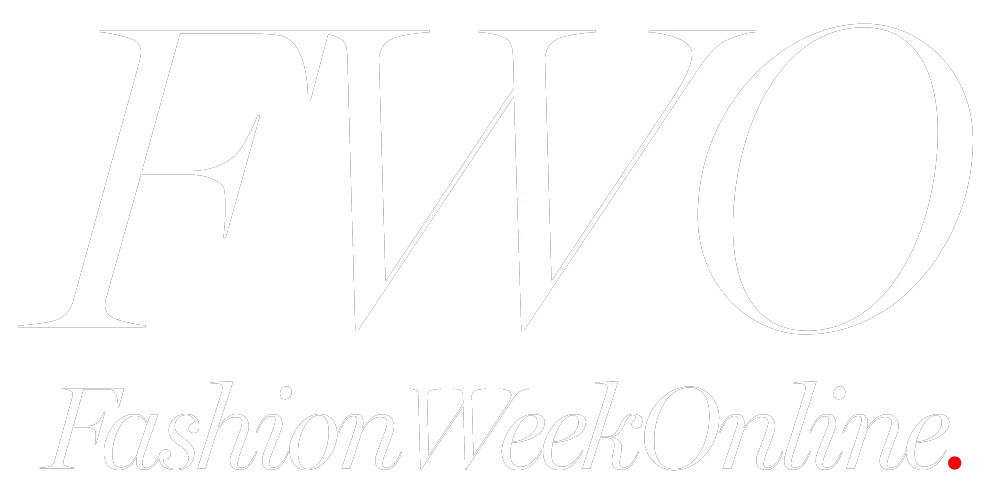Fashion can be an enjoyable way to showcase one’s individual style, servicing as a creative outlet for self-expression. We can take our style inspiration cues from a variety of places ranging from the media we consume (for example costume design in movies) to catwalk fashion shows.
For many consumers, the luxury designer items shown in these examples of fashion inspiration may fall outside of their budget, but there are ways to build a stylish and expensive-looking wardrobe of quality items without having to spend vast amounts of money.
Footwear
Provided they are of good quality, shoes tend to be one of the most expensive items we own. The replica sneaker industry has become popular in recent years: avoid poor quality reps and look for companies like Repskiller, whose collection includes a great range of Rick Owens reps.
For hoes and boots, the gold standard is a Goodyear welt, where the welt is stitched onto a high-grade leather upper, and materials such as cork and wood are used to provide a solid base. These shoes tend to be more easily repairable than cheaply-made ones, ensuring they last longer.
Quality Basics
It may be tempting to simply purchase a cheap multipack of tee-shirts, but when you factor in cost-per-wear, repeat purchases of these items can turn out to be more expensive than you may realize. Fast-fashion items like these generally don’t wash well and may only last a few wears before being thrown away. Instead, budget for your basics and buy them one at a time, ideally from reputable companies who use sustainable practices. Examples of items to look for include items such as:
- Plain tops such as tees, tanks and long sleeves
- Loungewear, for example sweatshirts and leggings
- Basic layering pieces, such as turtlenecks
- A plain button-down shirt (roomier fits in a thicker material, rather than flimsy slim-fits)
- Socks (great quality socks peeking over the top of a low cut shoe can make a huge difference to your look)
- Underwear (for comfort and to create the ideal foundation for your outfit)
- Outerwear, i.e. a good winter coat, leather jacket or parka.
- Classic denim. Whether it’s dark, mid or light wash, bootcut or wide-leg, remember that timeless style is less about following trends and more to do with wearing what suits you.
When shopping for basics, check for quality. For example, a good quality tee-shirt should be made of thick, substantial (preferably organic) cotton and well-constructed using quality stitching.
Knitwear
While synthetic fibers like polyester and acrylic are cheap, they’re not necessarily the warmest – nor the most environmentally friendly of materials. While knitwear made from synthetic materials also tends to trap bad odors, wool has antimicrobial properties which help to prevent bacteria growth which can cause the fabric to smell unpleasant.
Wool is also more breathable, durable and as a natural and renewable resource is also more sustainable. Various types of wool offer differing levels of warmth, with merino being suitable for warmer days and wool variants like cashmere being more suited to colder weather. While angora is still widely available it is generally best to avoid this due to the inhumane practices involved in sourcing it.
Jewelry
It may look pretty, but cheap, poor quality costume jewelry can have ugly consequences. Besides being made from low-cost metals (which are rarely ethically or sustainably sourced), many such items are nickel-plated, which can lead to staining or skin allergies.
When worn in piercings, cheap costume jewelry may lead to sore, dry patches or (in more serious cases) even metal poisoning due to unregulated levels of materials like cadmium and lead. Overall it is best to opt for high-quality jewelry from sustainable brands. While items like these tend to be more expensive, thrifting or jewelry hire are two more affordable options.
Shop Smart
When it comes to buying clothes in a more sustainable, affordable way, there are several alternatives to buying brand new, many of which can be found online as well as in-store. These include thrift stores, vintage boutiques and designer outlets. Another option is to search for a local swap-meet or host your own.
The best wardrobes are considered, curated and built over time; this is effectively what is known as slow fashion, so don’t expect it to happen overnight, and try to delay instant gratification where you can. When buying clothes, it can help to make the following checklist:
- Can I afford this right now?
- Do I need this?
- Is it worth the cost per wear?
- Is this an impulse purchase?
- Am I likely to rewear this?
- Does this realistically fit my lifestyle?
- How long will it last or how durable is it?
- Do I already own something similar?
- How much of this type of item do I already have?
- Is this genuinely in my style?
- Is it a “timeless” piece?
- Who is the manufacturer?
Another question to ask concerns ethics and sustainability. While some brands offer transparency about their policies, it can also help to check their sustainability ratings online according to their commitment to protecting the environment and the people involved in manufacturing their garments.
Styling Tips
When putting together a polished outfit, it’s all about the details. Regardless of how high-quality the individual pieces are, these style mistakes can bring down the overall look of an outfit, causing it to look cheap and unpolished. Here’s what to avoid:
Poor Maintenance
Ignoring cleaning instructions, scuffed shoes, rips, tears, stains and creases (unless it’s linen, where wrinkles are part of its rumpled charm) can all quickly ruin a look. Launder with care, invest in an iron (and, preferably a steamer), and if you own knitwear, buy a debobbler to keep your sweaters looking swish.
Overly Fussy Clothing
Excessive logos can make you look like a walking Times Square. Some sources recommend two at minimum, although one (subtly-done) logo is even better. For embellishments, a little detail can be fun if you lean into a more detailed aesthetic – but don’t overdo it: add distressing, studs, gems and other details for visual interest – but do so sparingly.
Suits You
When building your personal wardrobe, look at what is flattering, rather than fashionable, factoring in your own personal style preferences and suitability in terms of color and silhouette. Even if bootcut or “mom” jeans aren’t currently trending, it may be that they happen to be the best style for you.
Finally, clothing that looks and feels too tight, too loose or otherwise ill-fitting can make outfits look bad and feel even worse. If you cannot make alterations yourself, take them to your local tailor to give “off-the-rack” items that truly custom-made look.
##




